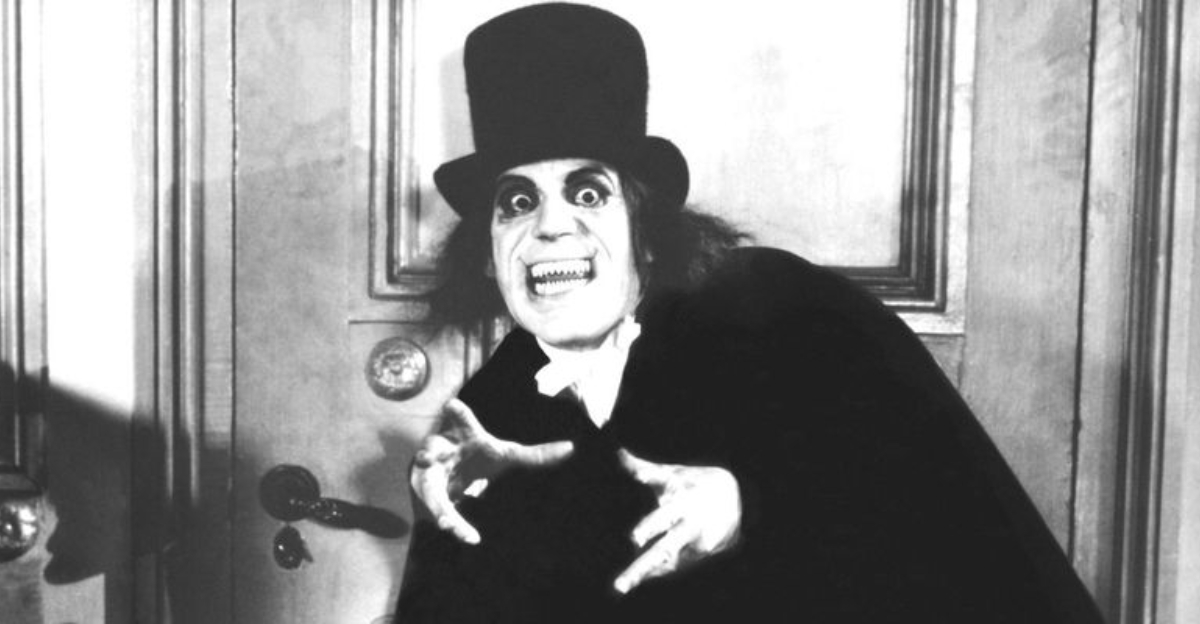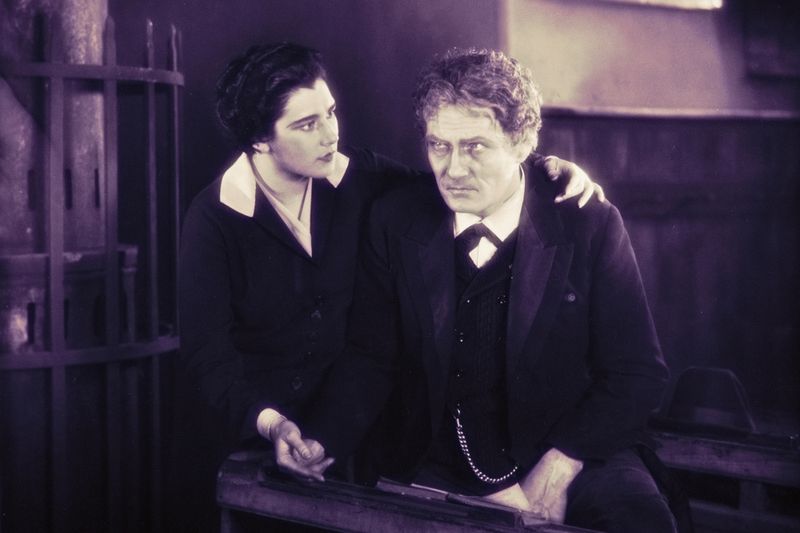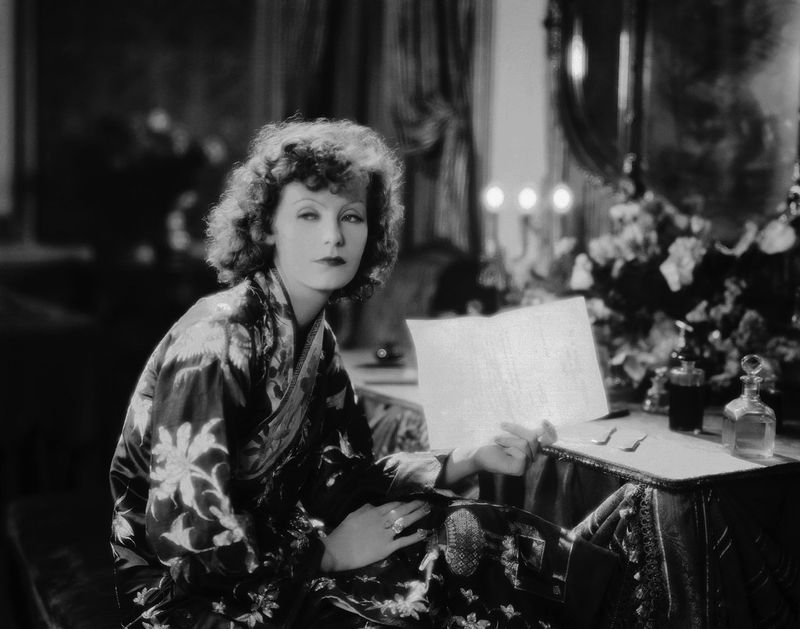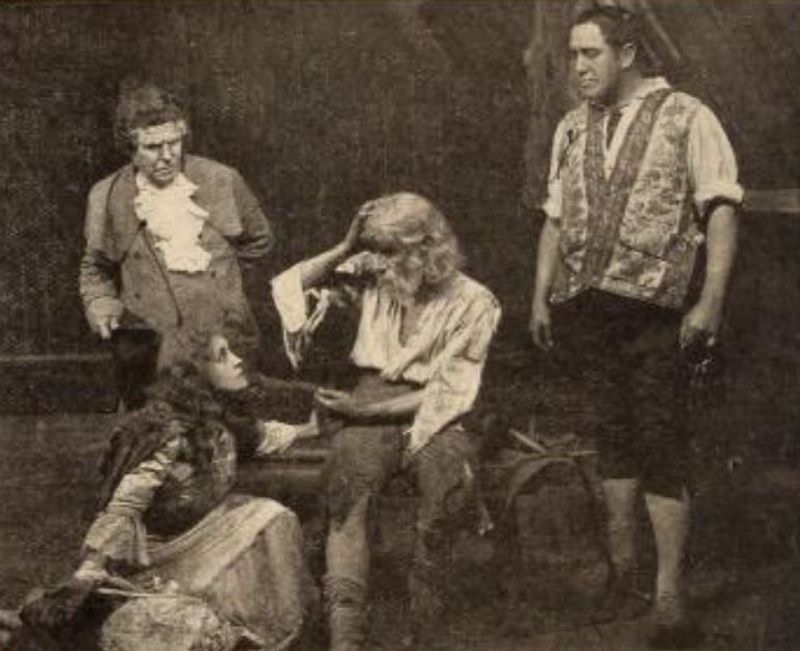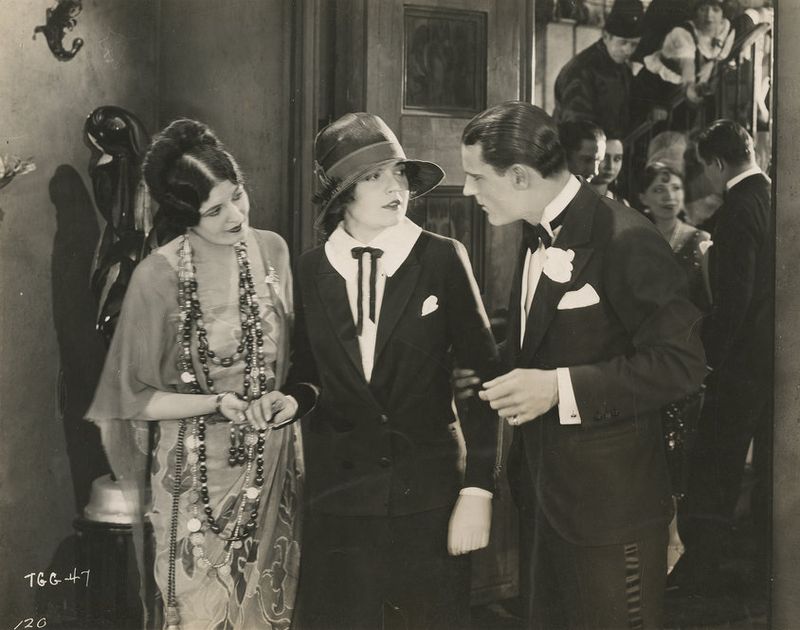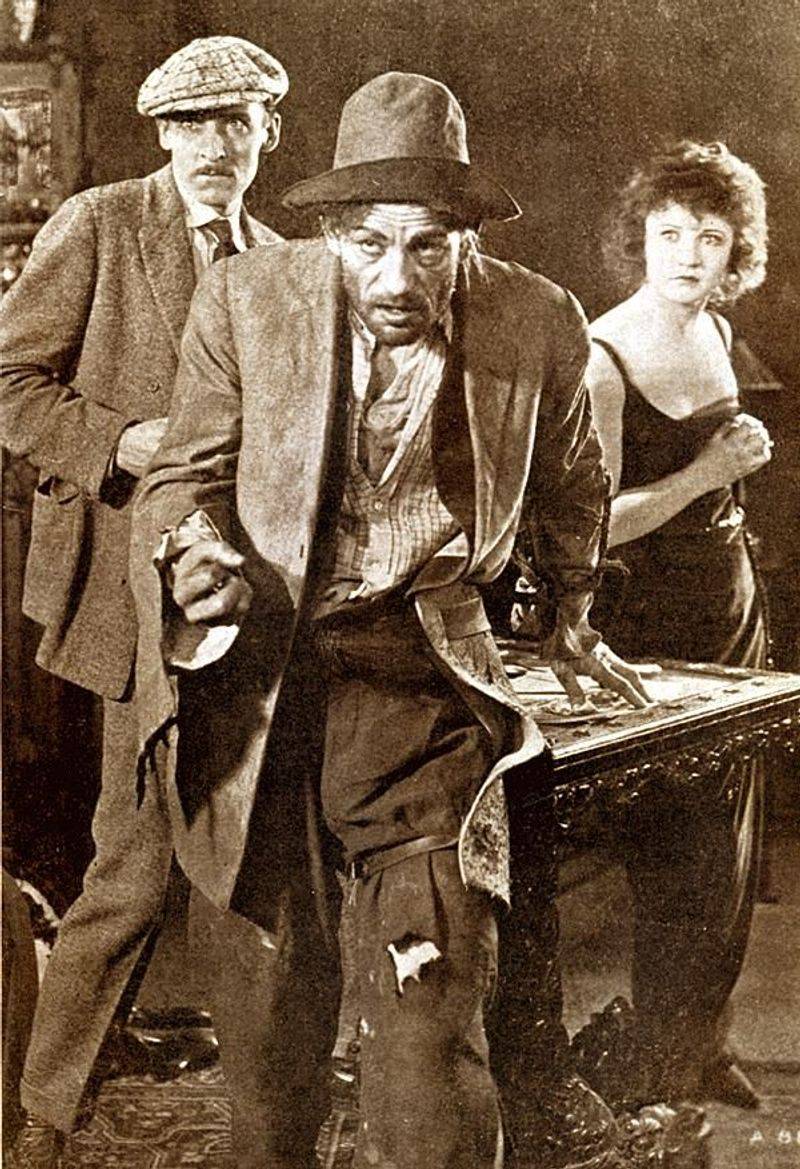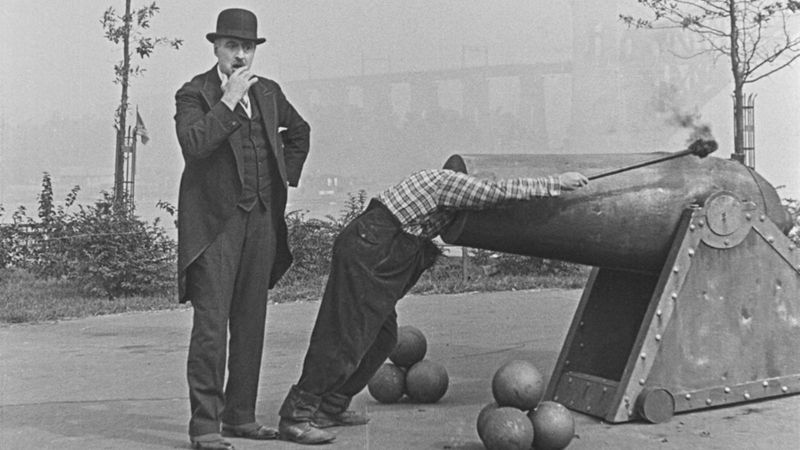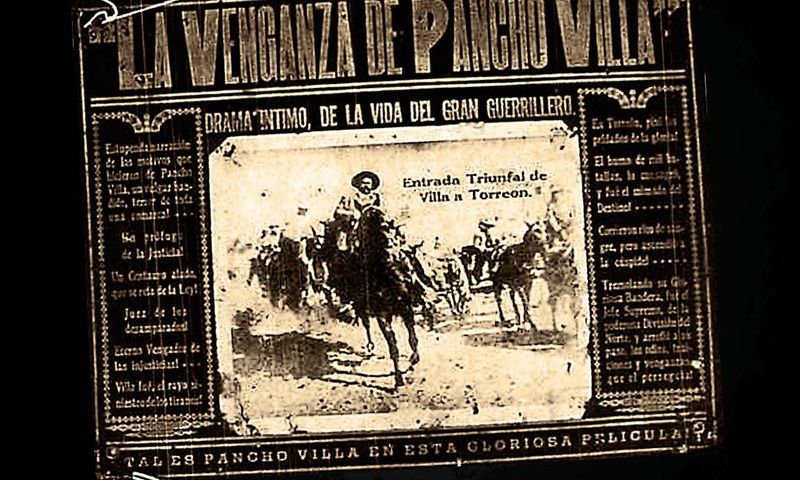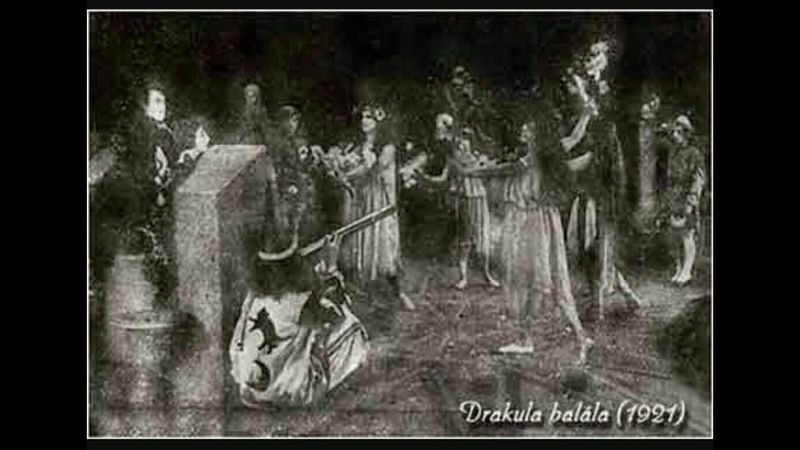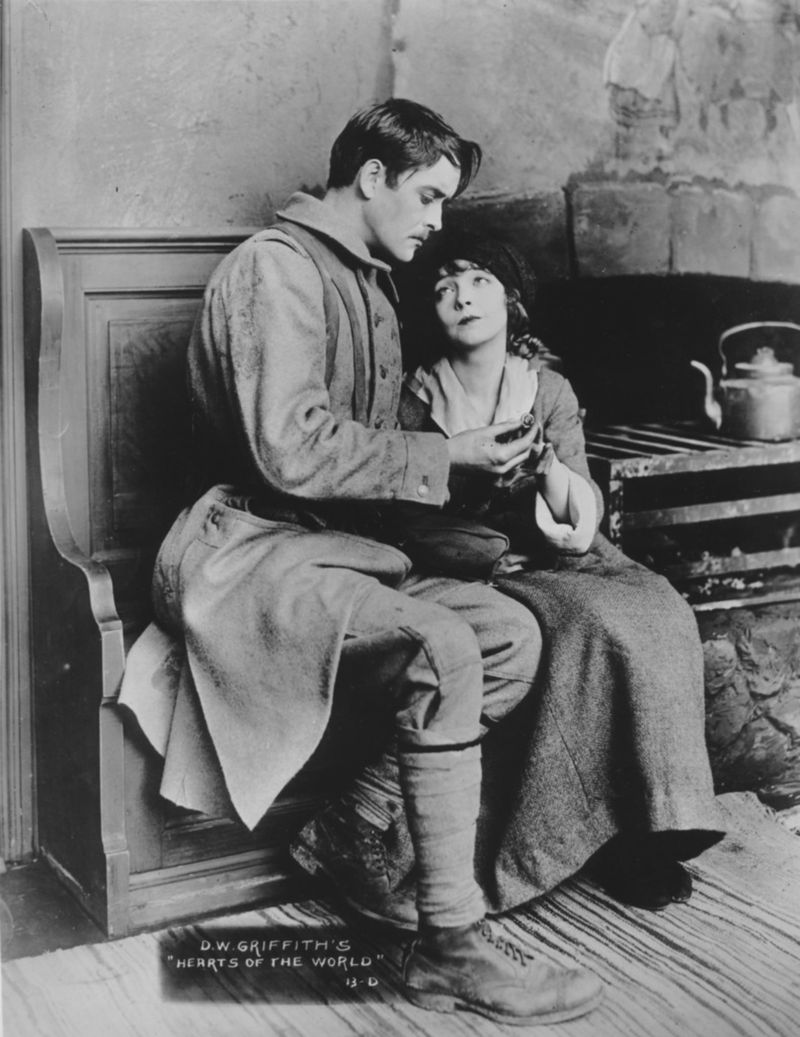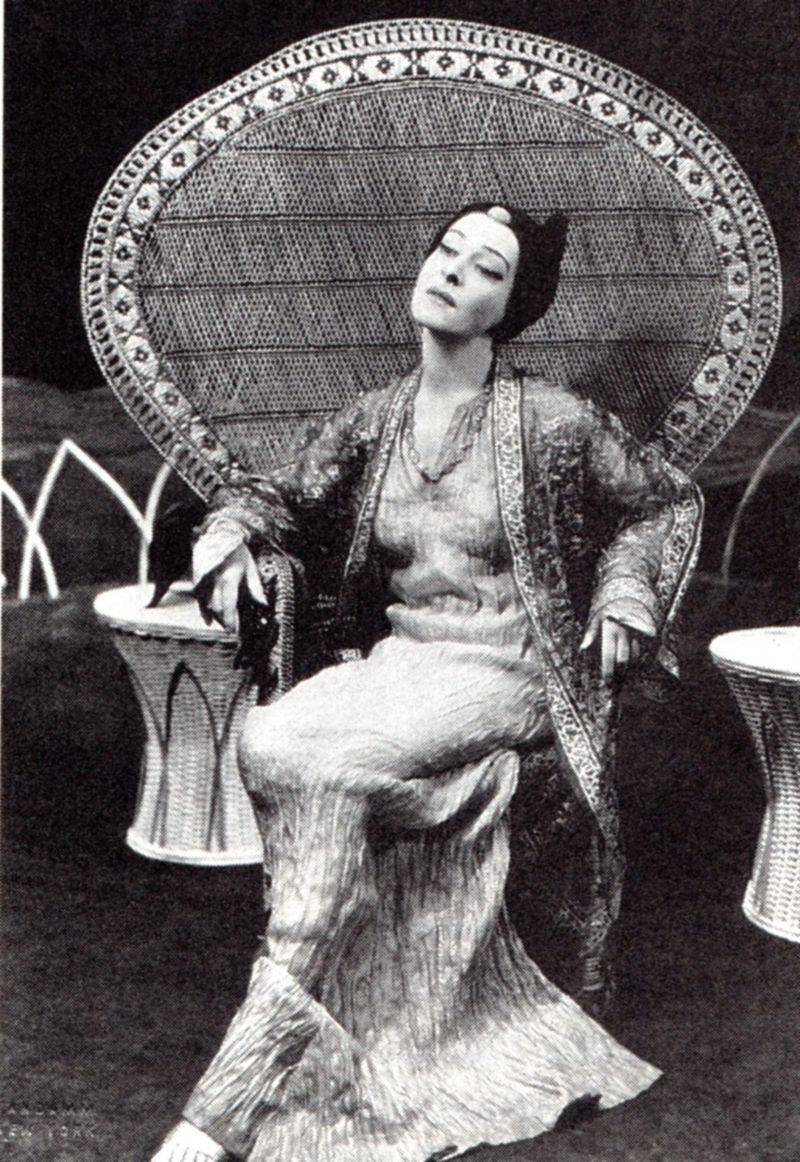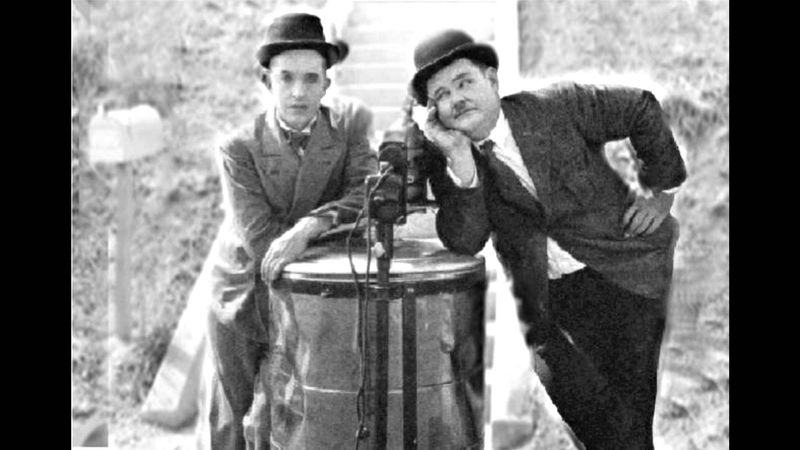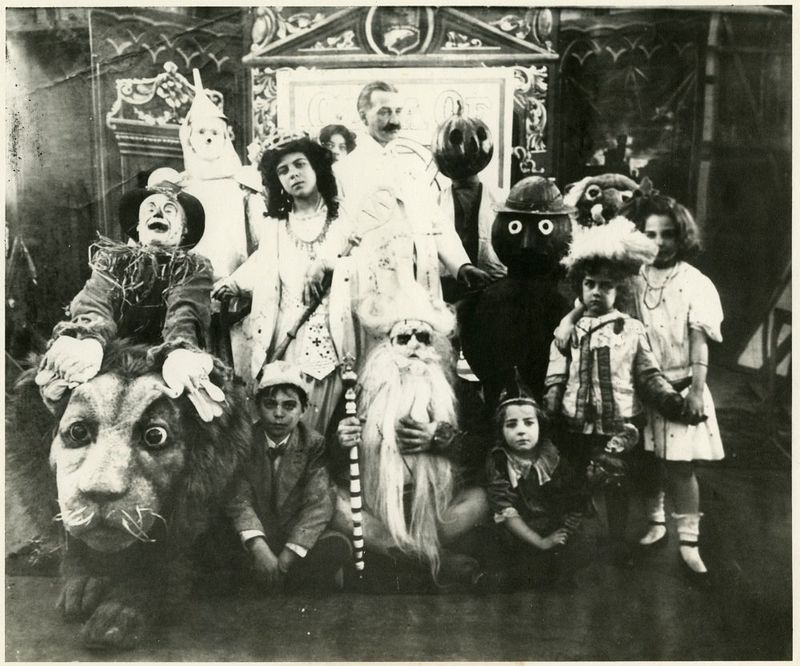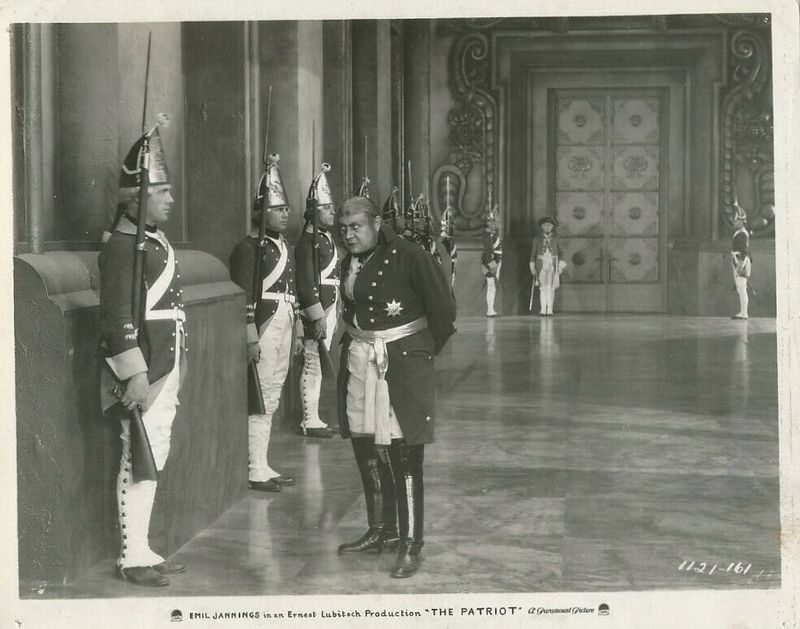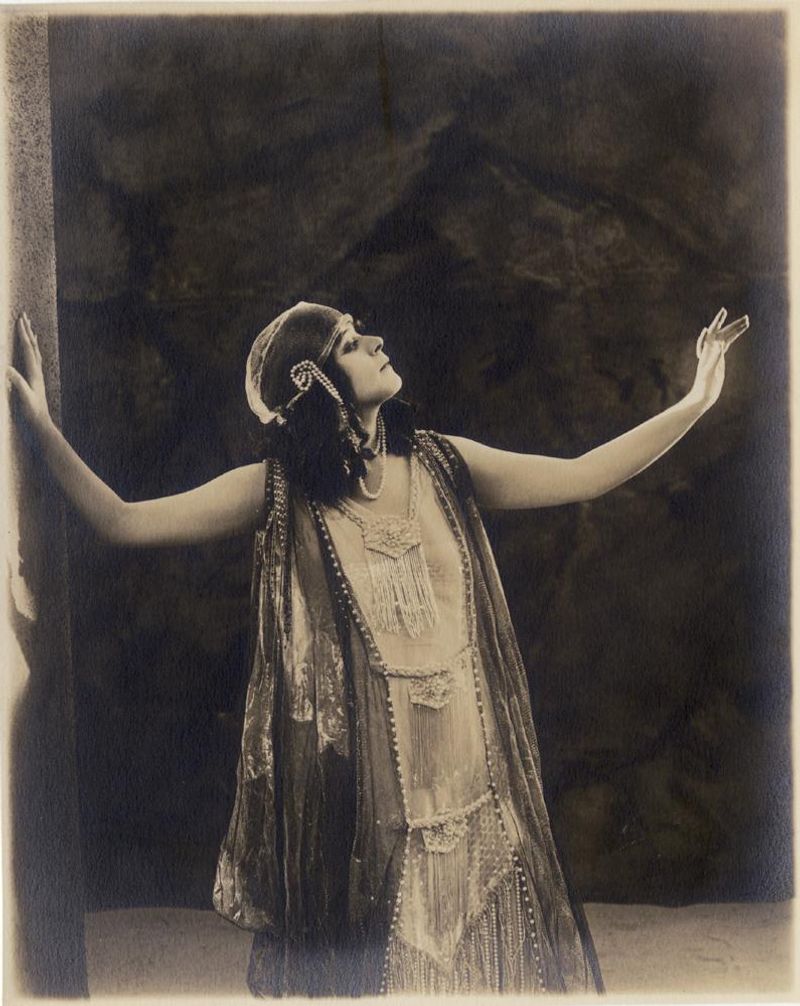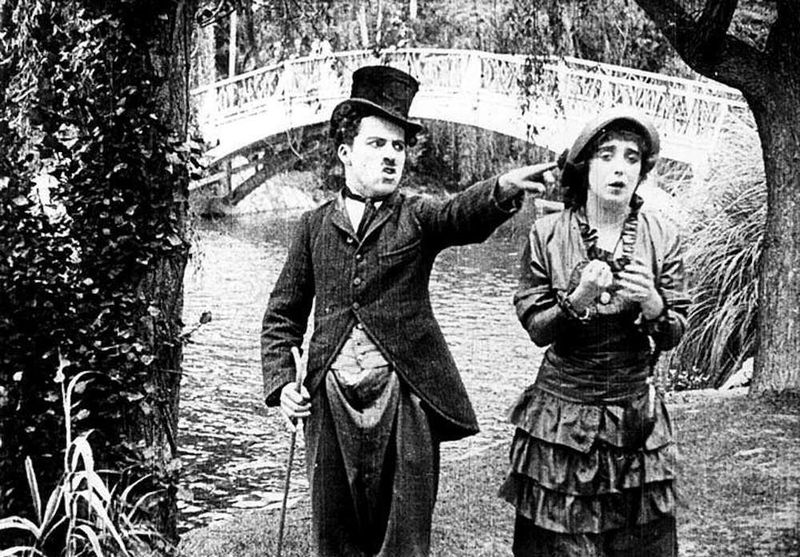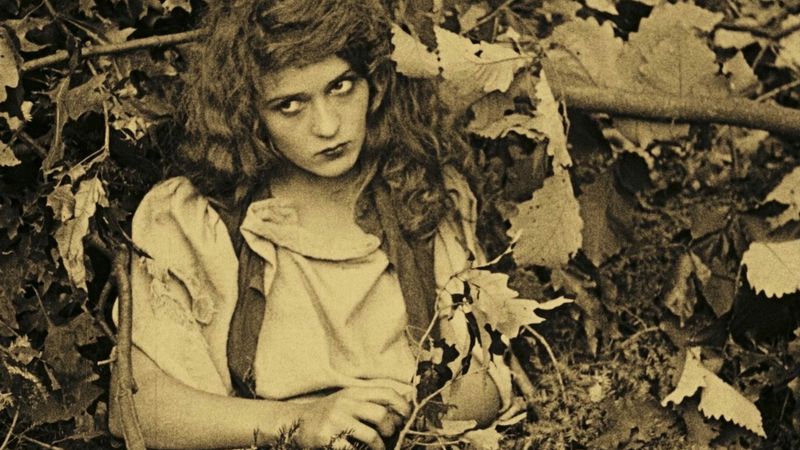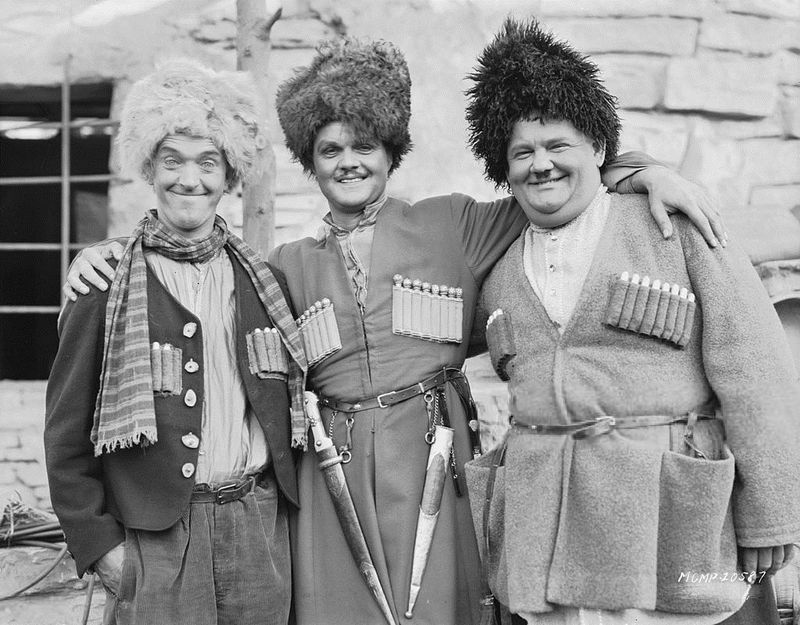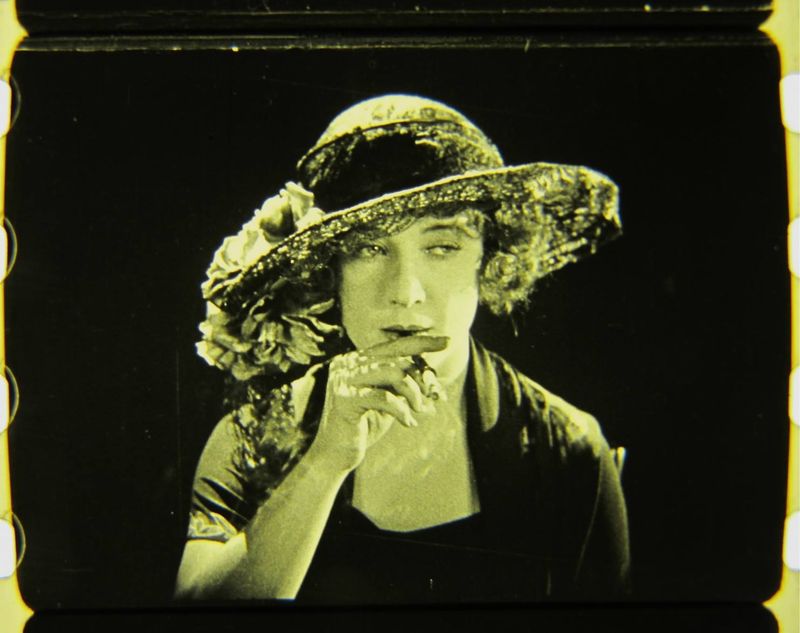They were cinematic landmarks, cultural milestones, or just plain entertaining. But these silent films—once stars of the silver screen—have tragically vanished into the void. Whether due to studio fires, nitrate decay, or plain neglect, these 20 lost classics are reminders of how fragile film history truly is.
1. Cleopatra (1917)
Theda Bara’s “Cleopatra” dazzled with lavish sets and daring costumes. The film’s release was a spectacle, showcasing Bara’s enigmatic presence. Yet, a devastating fire at the Fox studio in 1937 wiped out most prints.
Fans mourn the loss of this epic, as only fragments survive. Bara’s performance was both bold and mysterious, leaving a lasting impression despite the loss.
This tragedy underscores the precariousness of film preservation, a reminder of the vulnerabilities of early Hollywood creations.
2. The Mountain Eagle (1926)
Alfred Hitchcock’s “The Mountain Eagle” is shrouded in mystery as his only lost feature. Hitchcock himself downplayed its significance, yet historians crave its rediscovery.
The film’s disappearance is attributed to poor distribution or deliberate destruction. Despite its absence, its aura captivates film enthusiasts.
The loss of “The Mountain Eagle” exemplifies the enigmatic nature of Hitchcock’s early work, leaving a gap in the understanding of his cinematic evolution.
3. The Divine Woman (1928)
A captivating tale set in Paris, “The Divine Woman” starred the enigmatic Greta Garbo as a young woman navigating life’s complexities. Despite its initial success, the film fell victim to the ravages of time, with only a mere nine-minute fragment surviving today.
The combination of Garbo’s magnetic presence and the film’s Parisian allure made it a notable piece of the silent era. However, due to the degradation of nitrate film stock, most of this cinematic gem has been lost forever.
Film historians continue to search for remaining parts, hoping to piece together what once was a cinematic masterpiece. Sadly, the odds of recovery remain slim.
4. A Tale of Two Cities (1911)
An early adaptation of Dickens’s “A Tale of Two Cities” showcased novel editing and cross-cutting techniques. These innovations predated Hollywood’s adoption of such styles.
Sadly, nitrate deterioration claimed this version, and its ambitious storytelling remains lost.
The film’s absence signifies the challenges of preserving early cinematic works, especially those pioneering narrative techniques.
5. London After Midnight (1927)
Lon Chaney’s dual role in “London After Midnight” made it a sought-after lost film. This vampire thriller, filled with suspense, kept audiences at the edge of their seats. Unfortunately, a fire in MGM’s vaults in 1965 led to its disappearance.
Chaney’s portrayal was a masterclass in horror, using his makeup ingenuity to create an iconic look. Despite the loss, its legacy persists through stills and scripts, fueling speculation and intrigue.
The film’s disappearance highlights the fragility of early cinema, reminding us how easily cultural history can slip away.
6. The Great Gatsby (1926)
The first cinematic take on F. Scott Fitzgerald’s classic, “The Great Gatsby,” is lost to time. Despite Fitzgerald’s own disapproval, the film’s disappearance leaves audiences guessing its interpretation.
All that remains is a trailer, giving only a glimpse of its visual splendor.
This loss underscores the challenges of preserving adaptations of literary masterpieces and the intrigue surrounding lost interpretations.
7. The Miracle Man (1919)
“The Miracle Man” catapulted Lon Chaney to stardom with its gripping narrative and emotional depth. Chaney’s performance, full of nuance, made it a memorable silent film.
A vault fire at Paramount destroyed most of this film, leaving only two brief clips.
The film’s disappearance is a testament to the fragility of early cinema and the loss of Chaney’s early work.
8. Now You Tell One (1926)
The surreal comedy “Now You Tell One” enchanted audiences with its playful visual tricks. Its whimsical storytelling was a feast for the eyes.
Though part of the film resurfaced, much remains lost due to film decay.
The partial recovery serves as a poignant reminder of how film deterioration can erase imaginative works from history.
9. The Life of General Villa (1914)
“The Life of General Villa” was groundbreaking, featuring the real Pancho Villa during actual battles. This docu-drama blurred lines between reality and cinema.
Poor archival practices led to most of its footage disappearing.
The loss of this film highlights the intersection of history and cinema, a unique collaboration now largely forgotten.
10. Drakula halála (1921)
The Hungarian production “Drakula halála” predates “Nosferatu,” considered the first Dracula film. It offered a chilling narrative that captivated audiences.
Neglect and war contributed to its disappearance, with only a few stills and posters as evidence.
The film’s loss is a reminder of the cultural upheavals that can erase cinematic history, even those pioneering horror.
11. Hearts of the World (1918)
D.W. Griffith’s “Hearts of the World” was crafted to inspire wartime patriotism. Its dramatic narrative resonated with audiences, capturing the era’s spirit.
Decomposed nitrate has left only parts surviving, with a complete version lost.
The film’s absence underlines the ephemeral nature of wartime cinema, reflecting both sentiment and artistic decay.
12. The Red Lantern (1919)
“The Red Lantern” featured trailblazing actress Anna May Wong in a pivotal role. The film’s narrative and cultural significance left a mark on early Hollywood.
A studio fire in 1937 eradicated this movie, leaving only its influence behind.
The film’s destruction is a stark reminder of the challenges Asian-American actors faced in preserving their cinematic heritage.
13. Hats Off (1927)
“Hats Off” was a comedic gem featuring Laurel and Hardy’s signature humor. The duo’s antics and chemistry brought laughter to audiences worldwide.
The film remains elusive with its fate unknown, fueling hope among fans for a surprise discovery.
The mystery surrounding “Hats Off” adds to the allure of unexplored cinematic treasures, waiting to be unearthed.
14. The Fairylogue and Radio-Plays (1908)
“The Fairylogue and Radio-Plays” was an Oz adaptation blending film, slides, and live narration. This technical marvel dazzled audiences with its creativity.
Unstable materials led to its loss, depriving us of an innovative storytelling experience.
The film’s disappearance emphasizes the importance of preserving multi-dimensional storytelling forms that once enchanted viewers.
15. The Patriot (1928)
“The Patriot” stood out as a historical drama that captivated with its grandeur. Winning an Academy Award, it was a testament to its cinematic achievement.
A combination of fire and nitrate decay left less than 10 minutes surviving.
The loss underscores the vulnerability of even acclaimed works, reminding us of film’s precarious legacy.
16. Theda Bara in Salomé (1918)
Theda Bara’s “Salomé” was an exotic costume drama that captivated with its boldness. The film’s daring themes and Bara’s entrancing performance stood out.
However, the 1937 Fox vault fire consumed all prints, leaving only photographs.
Bara’s “Salomé” remains a lost icon of silent cinema, reminding us of the treasures consumed by fire.
17. Her Friend the Bandit (1914)
“Her Friend the Bandit” is the only lost Charlie Chaplin film from his Keystone era. Its comedic narrative was a testament to Chaplin’s early genius.
Possibly discarded after its original run, the film’s disappearance remains a mystery.
The absence of this film reflects the challenges of preserving early comedic works and the ephemeral nature of film history.
18. Fanchon the Cricket (1915)
Mary Pickford’s “Fanchon the Cricket” was presumed lost for decades. Her performance captured the essence of youthful charm and resilience.
Fragments were eventually found, though no full version exists.
The film’s partial recovery highlights the ongoing quest to rediscover lost cinematic gems and celebrate early film icons.
19. The Rogue Song (1930)
“The Rogue Song” was among the early color musicals, starring the beloved Laurel and Hardy. Its musical numbers and vibrant visuals delighted audiences.
The soundtrack was lost, and only film fragments remain.
This loss illustrates the challenges of preserving early sound films and the cultural richness of early cinema.
20. The White Shadow (1923)
“The White Shadow,” directed by Graham Cutts and scripted by Alfred Hitchcock, was partially rediscovered. Its narrative depth and atmospheric style intrigued audiences.
The first three reels were found in New Zealand, leaving the rest lost.
This partial discovery underscores the potential for cinematic resurrection, offering a glimmer of hope for lost films.
